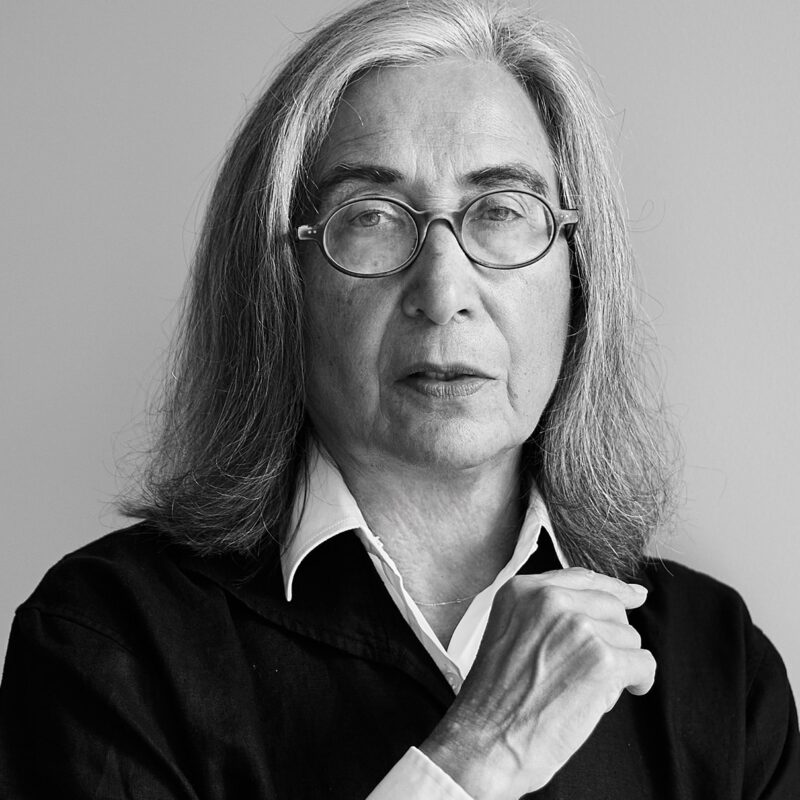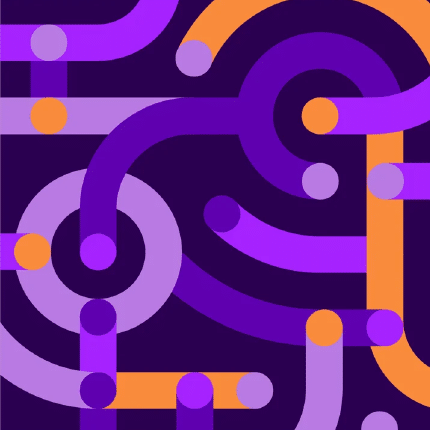Subscribe to Our Newsletter
Frank Sinatra is quoted as saying, “Orange is the happiest color.” And he isn’t alone in thinking that. Brands often choose to incorporate orange into their logos as a way of infusing a sense of fun, cheeriness, warm exuberance and approachability. Indeed, it is energetic and positive, uplifting and cheerful.
The color orange is named after the citrus fruit (and not the other way around). Before the sixteenth century, when this word came around, the color was simply referred to in Old English as ġeolurēad, or yellow-red. Today, we associate orange with the fiery leaves and gourds of autumn and sometimes the bright optimism of spring. Shades of orange can darken into brown, seeming earthier like the color of terra cotta pots or even rust.
A bright orange or electric tangerine shade, on the other hand, is noticeable and intense. It contrasts most highly with blue, which is why the shade “safety orange” is used to offset the azure color of the sky: on traffic cones, high-visibility clothing and construction signs.
In the realm of psychology, orange is believed to stimulate activity, socialization and appetite. (Perhaps then it should be the official color of dining rooms!) Culturally, orange spans far and wide: American school children may remember being riddled about finding a word that rhymes with orange, but there of course exists no rhyme. Brands like Visa, ING, and Firefox all use orange in their brand logos to promote a sense of accessibility and use the color to make their brand stand out.
Want to discuss whether orange might be right for your brand? Let’s talk.
Originally published December 7, 2021.



